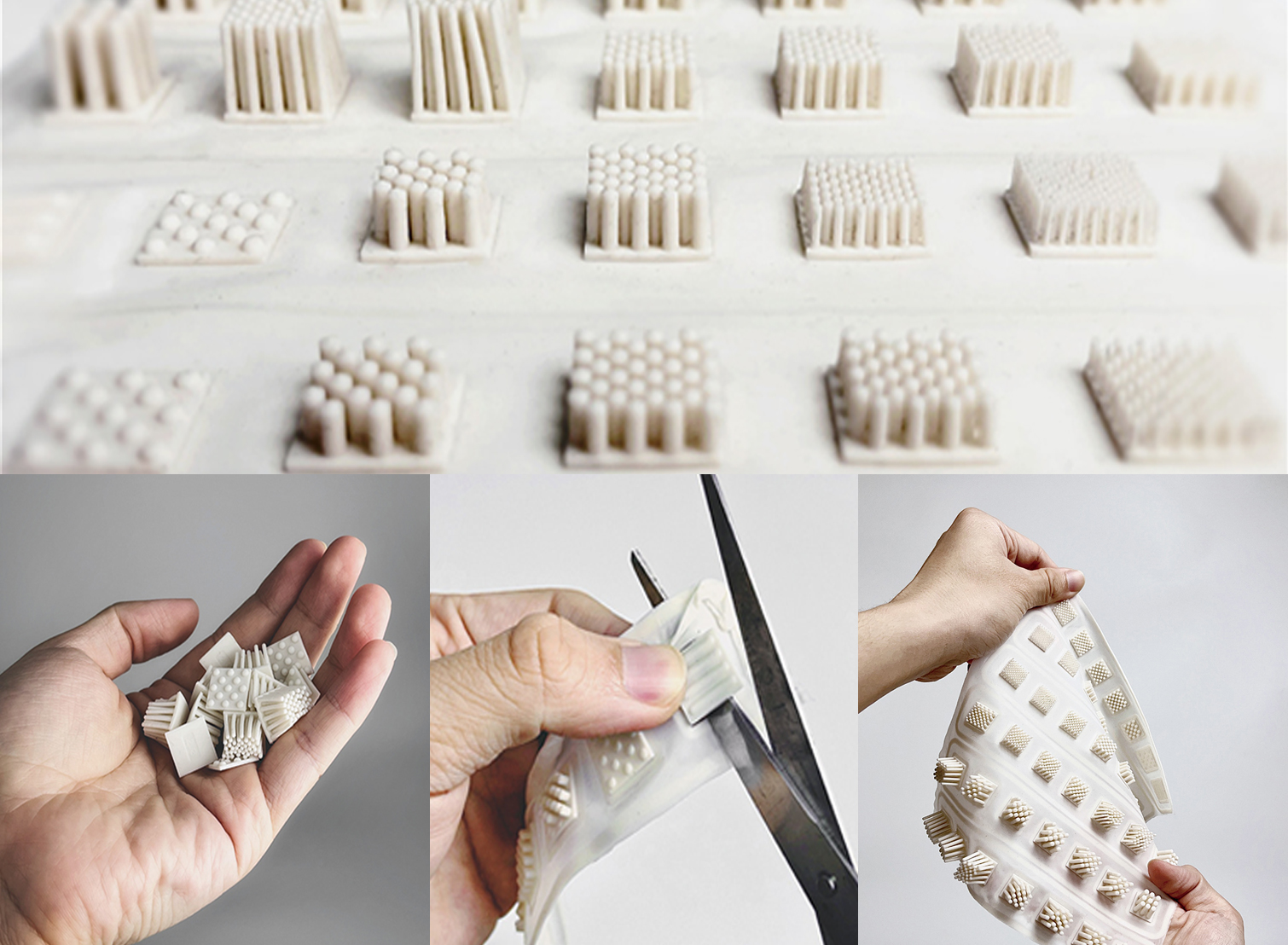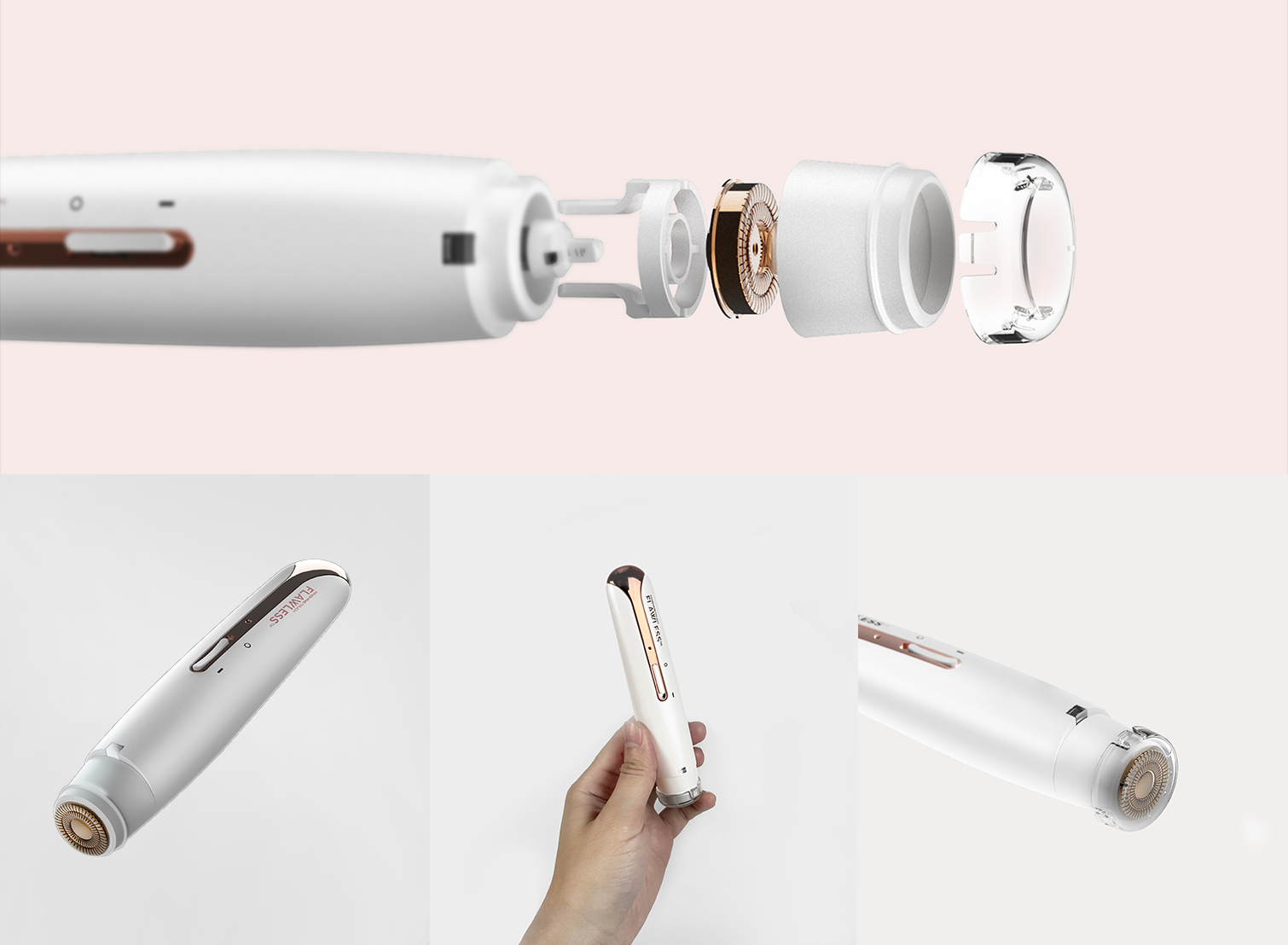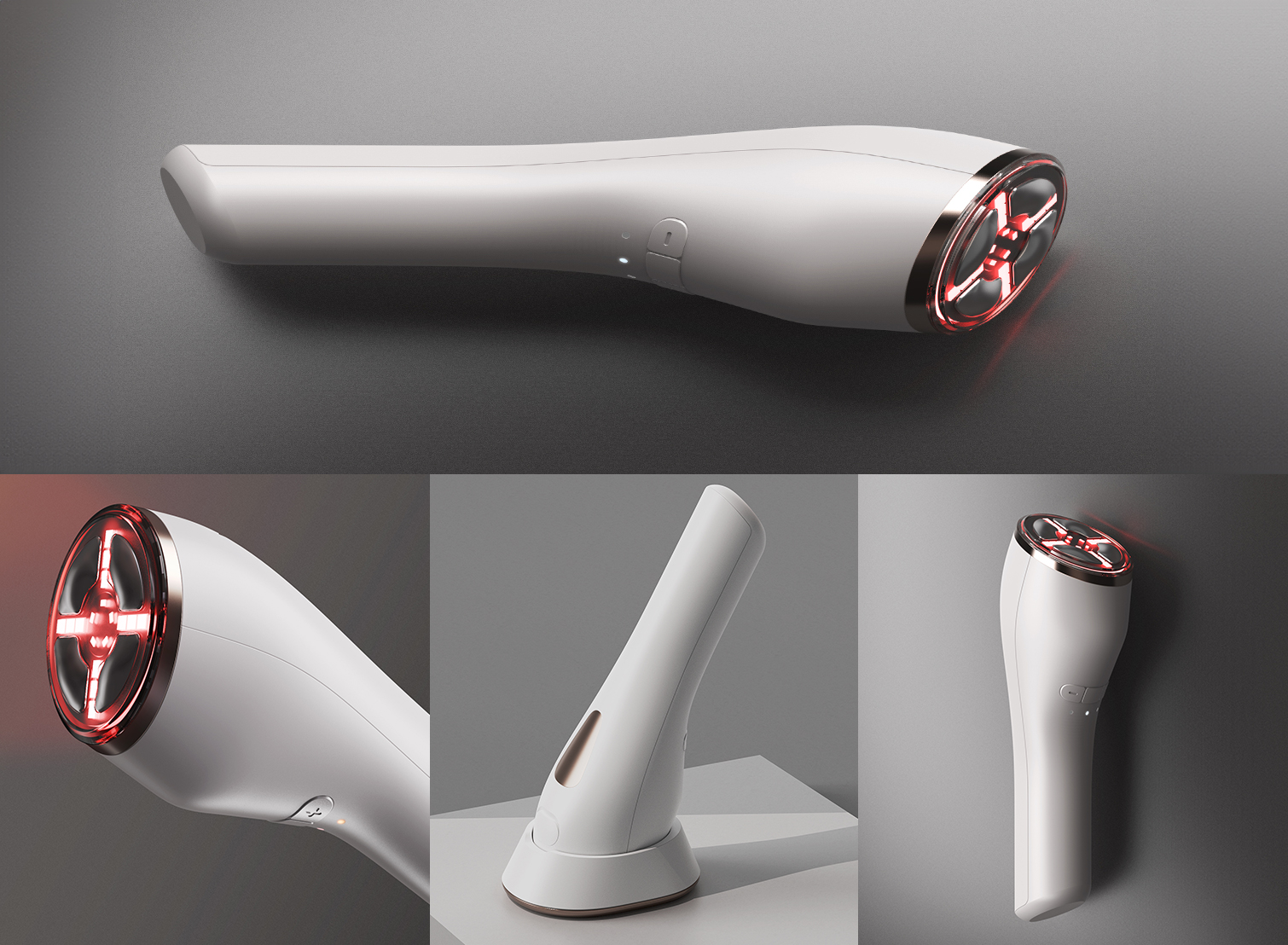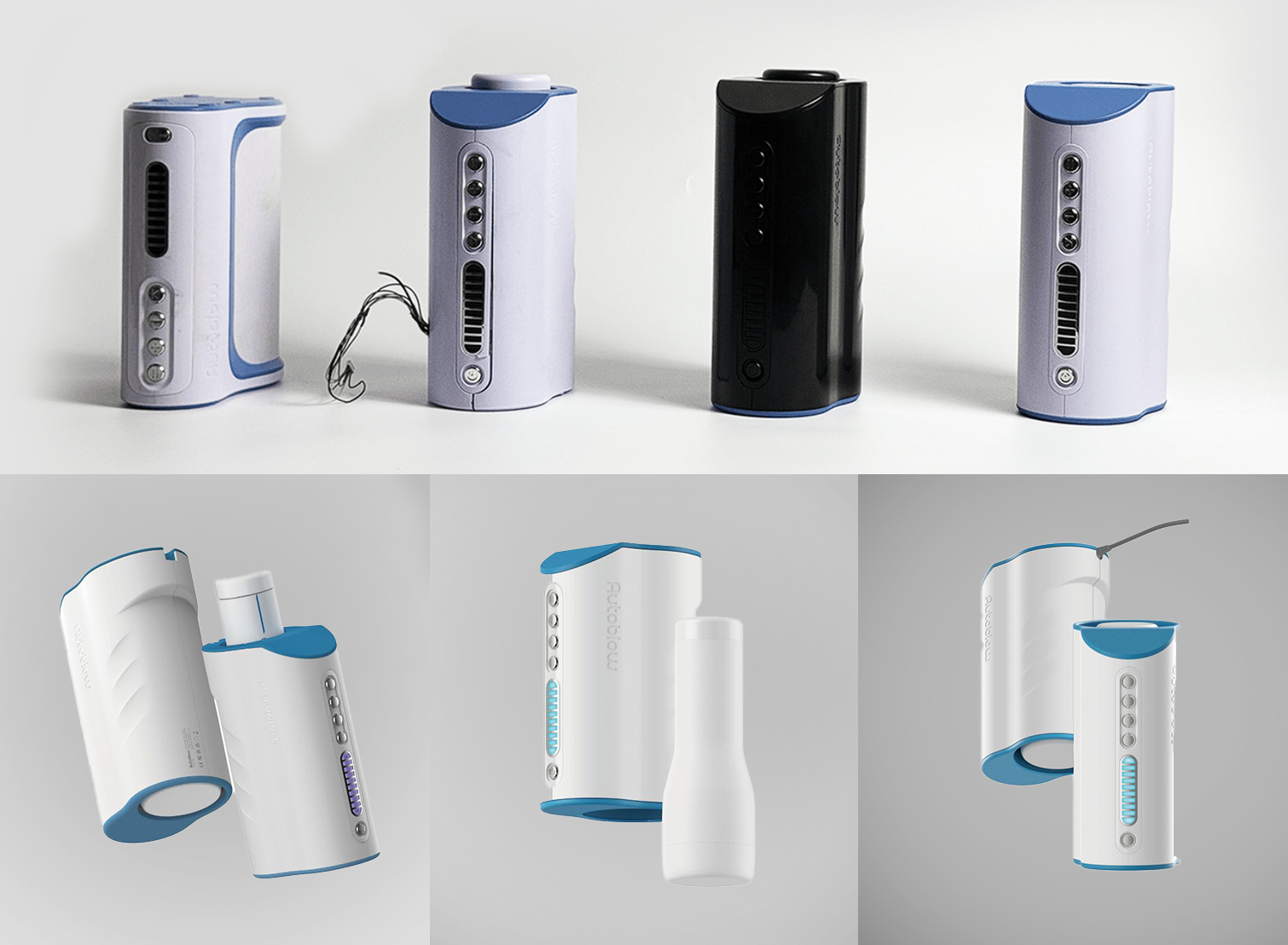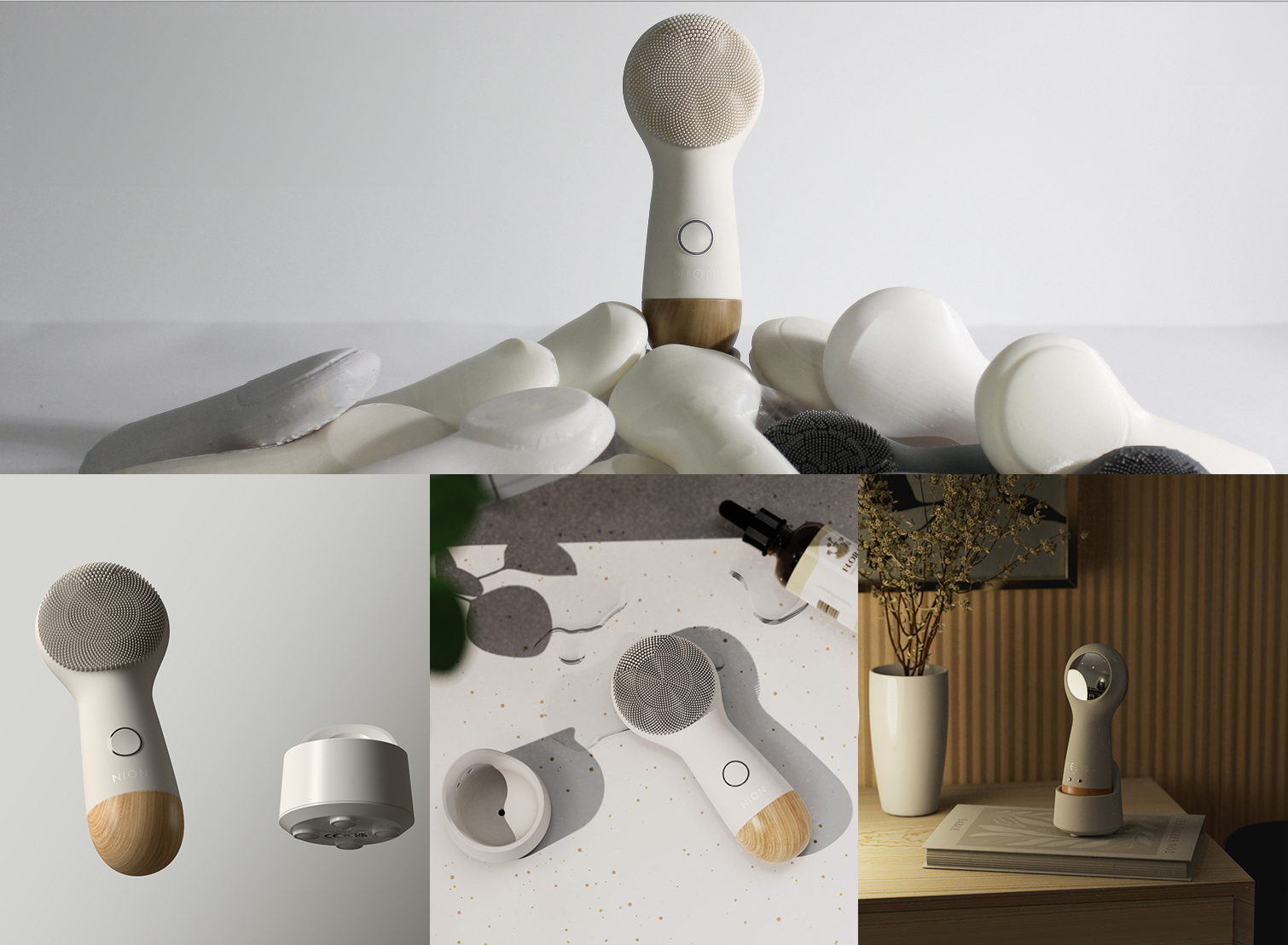As we move through September 2024, the global manufacturing industry is seeing rapid shifts in how products are made, driven by the latest technological advances and the need for sustainable practices. Key trends like automation, artificial intelligence, and eco-friendly solutions are transforming manufacturing to be more efficient and responsive to current demands. This article dives into these trends, showcasing how they’re reshaping the industry and influencing businesses worldwide. From smarter operations to greener production methods, these trends are defining the future of manufacturing in 2024 and beyond.
Trend 1: Automation and Robotics

Automation is transforming the manufacturing industry, with robots and automated systems now integral to production processes. Leading industries like automotive and electronics are at the forefront of this shift, optimizing efficiency and precision. Currently, over 50% of global manufacturers have adopted automation tools, highlighting the widespread embrace of this technology.
The advantages are undeniable: increased productivity, reduced operational costs, and heightened accuracy. However, challenges such as potential job displacement and a growing skills gap must be addressed as the demand for specialized workers continues to rise. Despite these challenges, automation is driving the future of manufacturing, reshaping operations for greater efficiency and success.
Trend 2: Artificial Intelligence and Machine Learning

Automation is revolutionizing the manufacturing landscape, with AI systems playing a pivotal role in predictive maintenance, quality control, and supply chain optimization. Industries such as automotive and electronics are leading the charge in adopting these technologies, creating more efficient and precise operations. The AI market in manufacturing is projected to grow by $7.87 billion between 2021 and 2025, with a CAGR of 28%, showcasing the widespread shift toward AI-driven automation. While automation brings clear benefits like increased productivity and reduced operational costs, challenges such as potential job displacement and a skills gap remain to be addressed.
Trend 3: Sustainability and Green Manufacturing

As consumer demand and regulations push for eco-friendly practices, manufacturers are increasingly adopting sustainable methods. Many are turning to renewable energy like solar and wind, reducing carbon footprints, and using eco-friendly materials. Leading companies in sectors like fashion are setting the example. For instance, Patagonia and Levi’s prioritize sustainable sourcing and waste reduction.
Recent reports show 72% of manufacturers are investing in green initiatives. While challenges such as costs and supply chain disruptions exist, the long-term benefits of sustainability make this shift essential.
Trend 4: Additive Manufacturing (3D Printing)

3D printing is transforming the manufacturing industry by enabling faster prototyping and customized production at a lower cost. Industries like aerospace, healthcare, and automotive are leading the adoption of this technology, benefiting from its ability to create complex parts with precision.
Additive manufacturing has grown by 21% annually, showcasing its increasing relevance. The benefits are clear: reduced material waste, quicker production cycles, and greater design flexibility, making it a vital tool for modern manufacturers.
Trend 5: Reshoring and Localization of Supply Chains

Global supply chain disruptions, fueled by events like COVID-19 and geopolitical tensions, are driving a shift towards reshoring manufacturing operations. Companies are increasingly localizing production to reduce dependency on overseas suppliers, aiming to mitigate risks from future disruptions.
Leaders in industries such as automotive and tech are spearheading this movement, with countries like the U.S. and Germany pushing for local manufacturing.
The benefits are substantial: reduced shipping costs, faster delivery times, and improved quality control, making reshoring an attractive solution for many businesses.
Trend 6: Digital Twins and Smart Factories

Smart factories and digital twin technology are revolutionizing manufacturing by enabling real-time simulation, monitoring, and optimization of production processes. Companies in various industries are using digital twins to predict maintenance needs and enhance operational efficiency. The global adoption of smart factories is growing rapidly, with the market expected to reach $100.6 billion by the end of 2024, driven by innovations in automation, IoT, and AI.
Benefits of this technology include reduced downtime, improved decision-making, and higher operational efficiency, though challenges such as data security and integration costs remain.
Conclusion

To remain competitive in today’s rapidly evolving global market, it’s crucial for businesses to stay ahead of trends like automation, AI, sustainability, and smart factories. Embracing these innovations will not only improve efficiency and productivity but also future-proof operations. As 2024 approaches, integrating these trends into your strategy can ensure your company is well-positioned for success.


